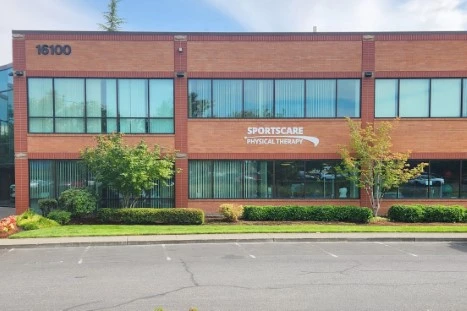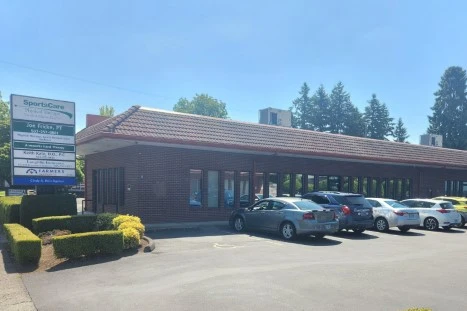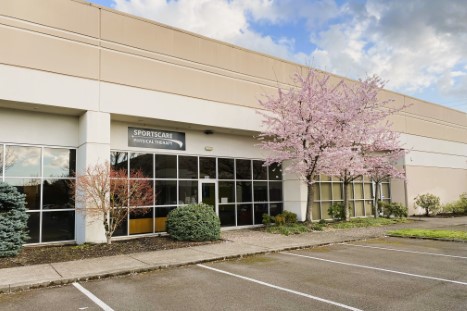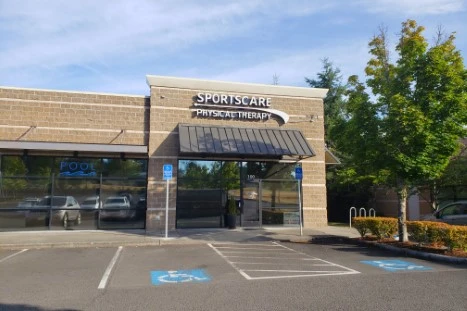What is Spinal Manipulation?
Spinal manipulation, also referred to as spinal manipulation therapy or spinal decompression therapy, is a skilled technique used by trained physical therapists. It is an effective method to alleviate neck/back pain, relieve pressure on the joints, and improve nerve function. Spinal manipulation may be performed on an isolated area or to multiple regions of the cervical, thoracic, and lumbar spine to mobilize joints that have become “stuck.”
How Spinal Manipulation Works
Spinal manipulation is performed by physical therapists with specialized training and skills. They use their hands to apply a controlled jolt of pressure to the joint/disc of the spine. This may cause an audible popping sound (joint cavitation), heard when gas bubbles are released from the synovial fluid that lubricates the joints. Spinal manipulation expands the space between your joints, allowing for greater movement and range of motion. It also activates the joint’s electrical receptors and increases the transmission of sensory information. This process drowns out pain signals (resulting in less pain) and relaxes the surrounding muscles. Spinal manipulation is most beneficial as part of a comprehensive treatment plan that incorporates other methods of physical therapy, including modalities, therapeutic exercises, and additional manual therapy techniques.
Uses for Spinal Manipulation
Spinal Manipulation is a method that is used to treat to a variety of issues/injuries affecting the neck and spine. SportsCare Physical Therapists may use spinal manipulation therapy to treat patients experiencing:

Benefits of Spinal Manipulation
Spinal manipulation is a non-invasive technique used to treat both acute and chronic conditions affecting the neck and back. The effects are greatest when it is performed in conjunction with other modes of physical therapy. Patients may experience long-lasting pain relief as well as functional improvement. Benefits of spinal manipulation include:
- Pain reduction
- Reduced inflammation
- Decreased pressure on joints
- Increased range of motion
- Improved circulation
- Improved nerve function
- Improved posture

Spinal Manipulation Treatment
When beginning treatment at SportsCare, your first appointment will include a professional evaluation with your physical therapist. Together you will discuss your injury/condition, questions/concerns, and goals in rehabilitation. Your physical therapist may recommend incorporating spinal manipulation into your personalized treatment plan. Using this method, you can expect:
- Discussion with your physical therapist that you are an appropriate candidate
- A comprehensive plan of care that includes additional treatment methods and routines (i.e., modalities, additional manual therapy, and therapeutic exercises/activities)
- During your spinal manipulation session you will lie face down on a padded, height-adjustable treatment table with your body adjusted to allow access to your affected body part
- To perform spinal manipulation your physical therapist will use their hands to apply a jolt of pressure to the joint/disc
- Each spinal adjustment is a split-second fast, all adjustments should take just a few minutes in total
- Spinal manipulation is performed within your full-length physical therapy appointment, to allow time for other necessary treatment methods
- Instructions from your physical therapist on aftercare recommendations and precautions
- Discussion with your physical therapist of possible mild short-term effects (if any) in days following spinal manipulation therapy

Frequently Asked Questions
-
Am I a candidate for spinal manipulation?
With proper screening, most people are candidates for spinal manipulation. At your first evaluation appointment, your physical therapist will discuss if you are a candidate and if spinal manipulation is appropriate for your injury/concern. Your PT is also happy to answer any questions that you may have about spinal manipulation therapy.
-
How long will each spinal manipulation session last?
Each spinal manipulation adjustment takes only a split second to perform. It is comfortable and pain-free. Depending on where your neck or back needs adjusting, the entire process will usually only take a few minutes.
-
How many spinal manipulation treatments will I need?
The number of spinal adjustments needed over the course of your physical therapy treatment will vary patient to patient. A thorough PT evaluation is needed to determine this. After your initial assessment, your physical therapist will discuss your personalized treatment plan and what to expect from rehabilitation. As you progress through physical therapy, your PT will monitor your improvements and make/discuss any necessary plan adjustments.
-
When will I feel the benefits of spinal manipulation?
Typically, patients feel the benefits of spinal manipulation immediately. Many patients report improved mobility with less pain and limitations in the joints that were manipulated.
-
Are there any negative side effects of spinal manipulation?
On rare occasions, there is muscle and joint soreness experienced after spinal manipulation. In very extremely rare instances, there have been reports of arterial dissection. In almost every single one of those cases, poor or absent screening measures prior to the adjustments were performed.
-
Who should avoid spinal manipulation treatments?
Spinal manipulation treatment should be avoided by recent post-surgical spine patients, acute herniated disc patients, emotionally distressed patients; as well as those with spinal tumors, active infections, or osteoporosis. Additionally, any patient that has had physical trauma recently without prior imaging is not a good spinal manipulation candidate.
-
Does SportsCare take my insurance?
Here is a list of the insurance plans accepted by SportsCare Physical Therapy and Armworks Hand Therapy. If you are unsure of your coverage or if your plan is accepted, please contact one of our offices. We are happy to assist you in learning about your benefits.
-
Where is SportsCare Physical Therapy located?
SportsCare Physical Therapy has offices in Gresham, Sandy, NE Portland, Clackamas, Beaverton, and Salem. For location specific contact information click here.






